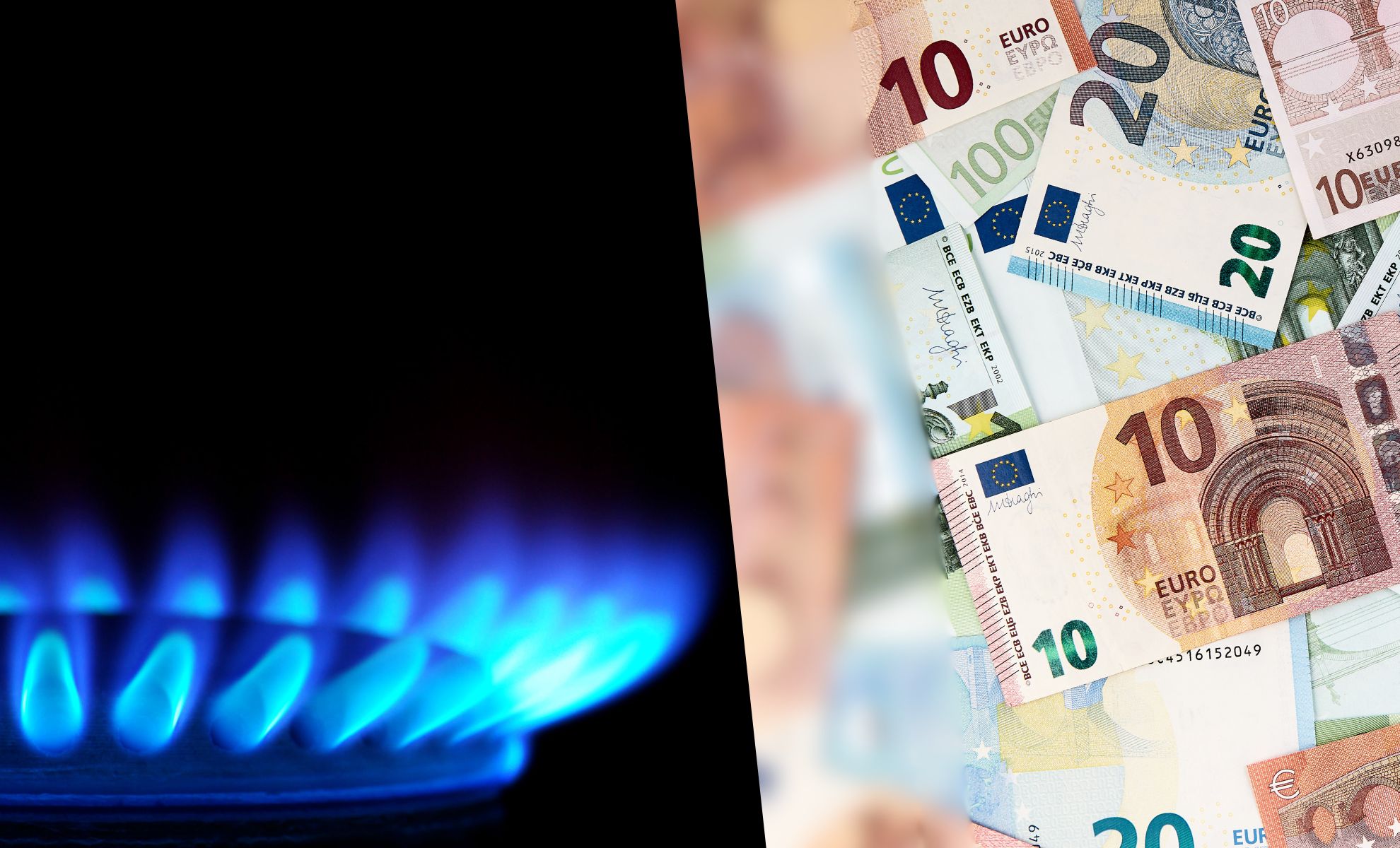Where does the gas we consume come from?

Since its outbreak in February 2022, the Russo-Ukrainian war has upset the balance of the energy world. Europe has thus gradually weaned itself off its dependence on Russian gas. From 1,500 terawatt-hours per year before the war, it has fallen to less than 250 terawatt-hours today. But, where does the gas we consume now come from?
The end of Russian gas, really?
According to a recent report ofIEEFA (Institute for Energy Economics and Financial Analysis), European gas consumption fell to its lowest level in ten years in 2023. As much as it happens now 452 billion cubic meters, i.e. consumption below 2014 (472 billion cubic meters). In the two years since Russia’s invasion of Ukraine, Gas demand fell by 20% across the continent. A declining demand, certainly, but one that must be filled nonetheless. So how do we do that at the center of this post-conflict “new energy age”?
Well, let’s say it, Europe still remains an importer Russian Liquefied Natural Gas (LNG), behind the USA and Qatar. Indeed, in 2023, American LNG led imports and represented about 47% of the volume delivered in the European region. Russia represents 11.9% and Qatar (12.3%). The main European countries importing LNG were France, which accounted for 17% of European imports in 2023, Spain (15%) and the Netherlands (13%).
However, taking into account the decline in European pipeline imports, Russia’s share of Europe’s total gas supply falls from 45% in 2021 to 15% in 2023. Essentially Russian gas Replaced by famous American LNG. Cards that can however be redistributed in the coming years if Qatar’s recent announcements are to be believed.
Qatar, a new European wind?
Two years after the first outbreak of the Russian-Ukrainian conflict, Qatar announced this Sunday, February 25, 2024, new projects aimed at increasing production. Largest natural gas reserves in the world. This new expansion of the North Field offshore field, called “ North Zone West ”, will not add less than 16 million additional tonnes of Liquefied Natural Gas (LNG) per annum for existing development schemes. A development that will increase its capacity to 142 million tons per year by 2030, Qatar’s Energy Minister Saad Al-Kaabi said at a press conference.
“ The North Field holds an enormous amount of additional gas estimated at 240 trillion cubic feet, bringing Qatar’s gas reserves to 1,760 trillion to 2,000 trillion cubic feet. », also underlined Mr. Kabi, CEO of Qatar’s public hydrocarbon giant QatarEnergy. This will represent everything An increase of about 85% Compared to current production levels. QatarEnergy’s CEO said the company will begin engineering work “immediately” to ensure the expansion is completed on time. Qatar is one of the world’s leading LNG producers along with the United States, Australia and Russia.
China, Japan and South Korea have so far been the main markets for Qatari gas, with European demand increasing dramatically. Will Europe abandon the United States in favor of the Emirates? can continue.





